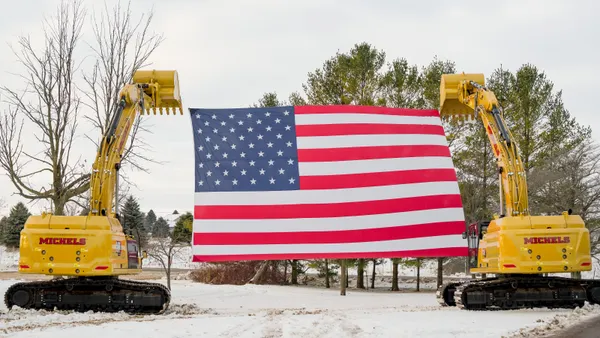Dive Brief:
-
Major brownfield development projects in Michigan may soon get a boost from a proposed plan that would allow developers to capture state sales and income taxes, according to Crain's Detroit Business.
-
The five-bill Senate package would require that developers kick in $500 million towards a qualifying project, with reductions depending on community size. In return for developing hard-to-finance projects that involve brownfield rehabilitation, the developers would be able to keep sales and income taxes generated by the property's visitors and residents.
-
Detroit businessman and Quicken Loans founder Dan Gilbert, who is also the owner of several sports franchises including the NBA's Cleveland Cavaliers, is behind the effort. It's not a coincidence that Gilbert has some would-be qualifying projects, including a two-acre redevelopment of a former Detroit department store and a proposed $1 billion Major League Soccer stadium on the site of a vacant county jail.
Dive Insight:
State law already permits developers to grab new property taxes generated by development, but this plan one-ups that particular incentive. In the past, however, Michigan lawmakers have hesitated to expand the tax breaks already in place. When data giant Switch decided to drop anchor in Grand Rapids, MI, last year with the construction of a $5 billion center there, it was on the condition that the company receive a 20-year exemption from sales and use tax for itself and the state's 40 other data centers.
In return, Switch pledged to add 400 jobs by 2020 and an additional 600 jobs by 2026. Michigan Gov. Rick Snyder surprised critics of the deal with his support, as he is known for opposing special corporate tax breaks. According to Crain's, Snyder is expected to exhibit some level of resistance to Gilbert's plan as well.
Brownfield development is becoming more popular as developers look to former junkyards, dumps, and other formerly industrial and possibly contaminated sites for land. Depending on the prior use, development costs can be prohibitive, but even in the best-case scenario, environmental tests, reviews and mitigation requirements increase the price tag. Two of the primary hurdles when trying to build atop a former industrial site are how to route the usually-inevitable gases rising from the ground and how to deal with the sinking of the land as the waste beneath it decomposes.












